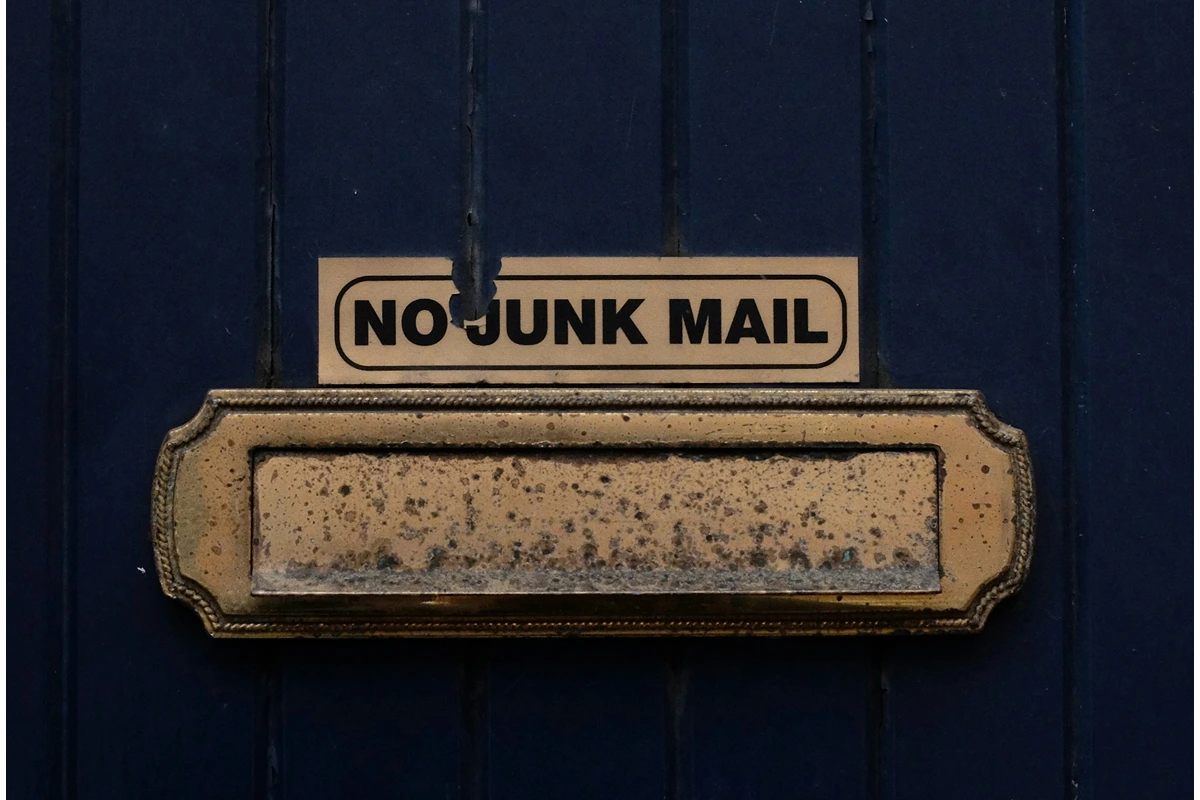The Cost of the “Always-On” Weekend
Ever find yourself checking Slack between laundry loads or mentally drafting Monday’s emails while your kids are playing? You’re not alone. For remote and hybrid workers, the line between work and home life has blurred beyond recognition.
Constant connectivity, driven by work apps and “leisure tech” alike creates technostress, a state of mental fatigue caused by overexposure to digital systems. The result? You start weekends tired and end them more depleted than before.
If you’re in the “I’m Ready” mindset: motivated for real change, recognizing this cycle is the first step toward reclaiming your rest.
Why Weekend Boundaries Are Essential for Recovery
Weekends aren’t a luxury; they’re a biological necessity. Time away from screens and work restores focus, creativity, and emotional balance.
This intentional digital rest: a form of voluntary disconnection has been shown to:
- Reduce perceived stress and anxiety.
- Improve sleep quality and attention span.
- Boost motivation and productivity during the workweek.
Short digital detoxes, for a few hours, allow your brain’s reward and attention systems to reset. By protecting your weekend from digital intrusion, you build a buffer against burnout and lay the foundation for sustainable energy.
Three Foundational Rituals for Digital Rest
Simple rituals can create meaningful structure for your weekends. Think of them as small boundaries that protect your attention—and your peace.
1. The Tech-Free Bedroom Charging Station
Screen exposure before bed suppresses melatonin, delaying sleep and reducing rest quality.
Action: Charge devices outside the bedroom. If that feels too big, move the phone across the room or into another space.
Result: Better sleep hygiene, lower anxiety, and a physical separation from “always-on” habits.
2. The Phone-Free Family Focus Meal
Reclaim shared time. When phones are visible, even untouched, cognitive studies show reduced empathy and attention.
Action: Establish one daily phone-free meal—no devices at the table.
Result: Real eye contact and conversation foster connection and restore emotional energy, a vital antidote to digital fatigue.
3. The Dedicated Digital Unplug Block
Treat disconnection as an appointment with yourself.
Action: Schedule a “digital unplug block” (e.g., Saturday 1–5 p.m.). Choose analog activities: reading, nature, or creative hobbies.
Result: Breaking habitual scrolling patterns retrains your attention and reminds your nervous system what calm feels like.
Ready to Go: Supercharge Your Weekend Sprint
Once these rituals are routine, take your weekend boundaries further:
- 24-Hour Blackout: Try one device-free day each weekend. Plan ahead—swap scrolling for slow breakfasts or local adventures.
- Notification Firewall: Silence all work-related apps from Friday night to Monday morning. Protecting attention is a professional strength, not a weakness.
Each small success rewires your sense of control, proving you can choose rest over reaction.
Key Takeaways
Your weekend is not a recovery emergency, it’s part of a sustainable rhythm.
- Acknowledge the Cost: The “always-on” cycle fuels technostress and emotional fatigue.
- Practice Intentional Rest: Structured digital detoxes lower stress and restore focus.
- Start Simple: A phone-free meal or unplug block can reset your weekend energy.
- Level Up: Implement a blackout or notification boundary once you’re ready.
Next Steps
- Pick one ritual and commit this weekend.
- Schedule an offline activity you’ll look forward to.
- Reflect Monday morning: How different does it feel to start your week fully recharged?
References
- Coyne, P., & Woodruff, S. J. (2023). Behavioral Sciences, 13(12), 1004.
- Marx, J., Braun, L. M., & Mirbabaie, M. (2025). Information & Management, 62, 104068.
- Turel, O., Cavagnaro, D. R., & Meshi, D. (2018). Psychiatry Research, 270, 947–953.
- Harrison, E. (2022). New Formations, 106, 60–78.
- Vialle, S. J., Machin, T., & Abel, S. (2023). Applied Psychology: Health and Well-Being, 15(4), 683–702.
*Disclaimer: Offline Now offers educational coaching tips, not medical or therapeutic advice; please consult a qualified health professional for personal, clinical or health concerns.*




